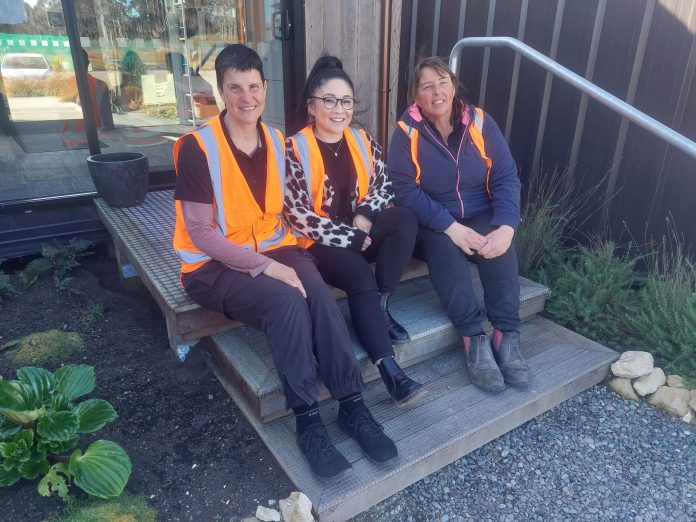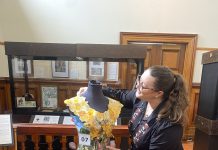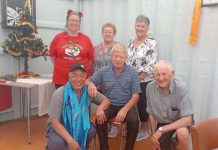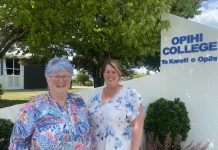
A nursery on the outskirts of Temuka is spreading gold across the district.
Arowhenua Native Nursery and Restoration has been offering native kōwhai trees to nearby schools to be gifted to their school’s whānau.
Spokeswoman Maria Prince said she hoped the offering would help to get more natives into the community which would help bird life as well as insect life.
The kōwhai tree bloomed in spring, its bright yellow bloom the unofficial flower of New Zealand.
Ms Prince said the nursery would continue to liase with local schools until they had run out of the specific plants.
The Māori-led business — which grew out of the then-Labour government’s Jobs for Nature funding — aimed to ‘‘recloak the whenua’’.
‘‘We collect our seed from local sources, which is called eco-sourcing, for planting back into similar environments, so that we can make sure that we’re continuing to spread the genetics of those plants.’’
It was not the only thing the organisation was doing for local residents around the area.
Restoration work on the Rangitata River (Rakitata) and the Ōpihi River — some of which was on government land — was helping to enhance local river water quality.
At the Waipopo Lagoon, the organisation were testing for the presence of inanga (whitebait) and smelt species in the river, which would help them select the type of plants the species preferred.
In some areas, the organisation were testing for the presence of species in the river, which would show them what type of plants the species preferred to lay their eggs on.
The species laid their eggs on grasses and rushes at king tide in spring, and then the following autumn, when another king tide occurred, those eggs hatched, and then the fish larvae headed out to sea.
‘‘So we’re trying to use our research to inform how we do our plantings.’’
The lagoons at the end of the rivers were significant mahinga kai sites, which was something they hoped to help restore in future.
Their work was reaching inland as well.
The organisation was at week four of an eight-week project to plant in wetlands around the Mackenzie District for tuna (longfin eel) habitat enhancement.
The plantings — mainly sedges — would shade out the waterways making them cooler and clearer, which suited the eel habitat much better.
The project was happening on private land with the station owner’s consent and support.




